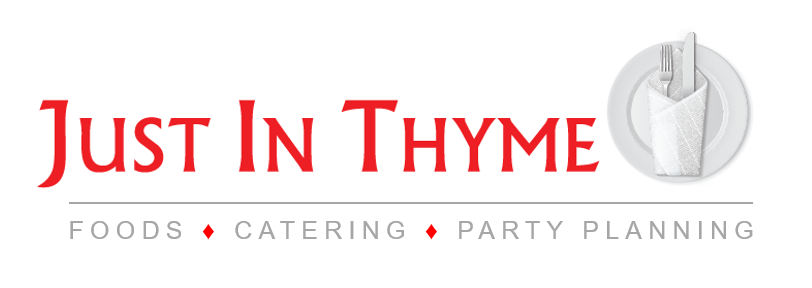If you can buy only one knife, the chef’s knife is no doubt the best one to choose.
The most indispensable of knives, an 8″ chef’s knife is essential for preparing any meal, no matter how simple. This knife should be a staple in your kitchen and is our favorite when it comes to chopping, dicing or slicing.
It’s long enough to slice, heavy enough to mince, pointy enough to pare or core, and has a heel to cleave bones. The chef’s knife is an all-around workhorse as long as you keep it sharp (see video at the end of this post).
What Should You Look For When Buying a Chef’s Knife?
First and foremost, a Chef’s Knife should feel really good in your hand. If it doesn’t feel right, you probably won’t use it — so move on.
The knife you purchase should have some heft to it, and the blade should not bend easily (an indicator that the knife is not the best quality). The blade of a chef’s knife is typically made of carbon steel, stainless steel, a laminate of both metals or ceramic.
It’s worth saving up for the best knife you can afford, particularly one that is hot-forged. A forged knife is made from a single bar of steel — often by a specially trained craftsman in an expensive, multi-step process.
The steel is heated to a high temperature and pounded into shape. After forging, the blade is ground and sharpened. You can also usually tell if a knife is forged because it has a bolster, the wider lip on the end of the blade where it meets the handle. The bolster is intended to balance the blade and serve as a finger guard.
Also, forged knives also usually have a full or partial tang, which is an extension of the metal blade that extends into the handle. If the handle of a knife has metal rivets or if you can see the metal along the edge of the handle, those are good indicators that the knife has a tang — another sign of quality and durability (and helps with balance of the knife).
How To Grip A Chef’s Knife
Although the technique used when handling a chef’s knife is really an individual preference, most professionals prefer to grip the handle with all four fingers and the thumb gathered underneath.
For more precise control, some adopt a grip on the blade itself, with the thumb and the index finger grasping the blade just to the front of the finger guard and the middle finger placed just opposite, on the handle side of the finger guard below the bolster.
For fine slicing, the handle is raised up and down while the tip remains in contact with the cutting board and the cut object is pushed under the blade.
Sharpening Your Knife
Keeping your knives sharp isn’t just convenient, it’s safe. Any chef will tell you that dull knives cause accidents. According to Gordon Ramsey, it’s also far harder working in the kitchen with a blunt knife than with a sharp knife, so keep your knife sharp!
Here’s his video on how-to sharpen a knife:
Sign up to receive our weekly Tips, Recipes and TMM menu.

